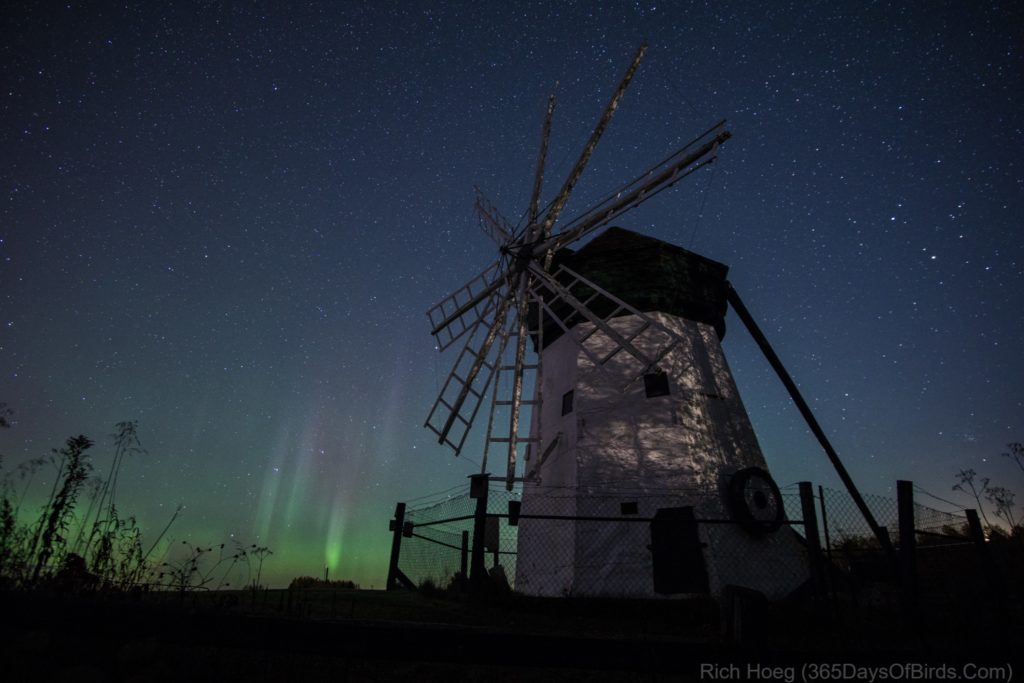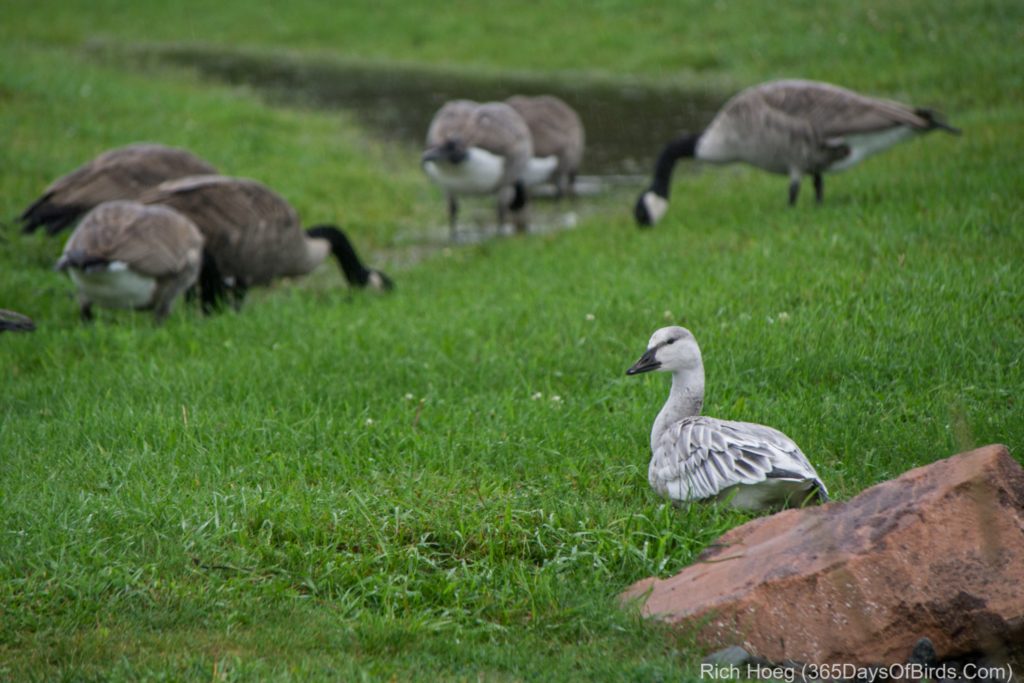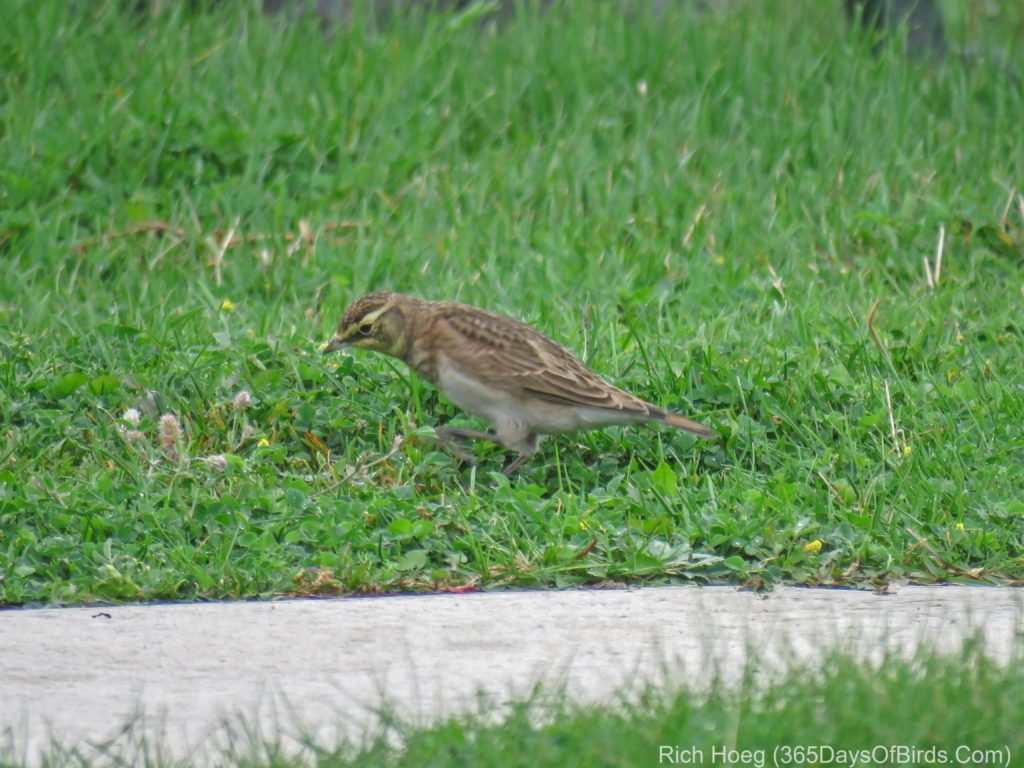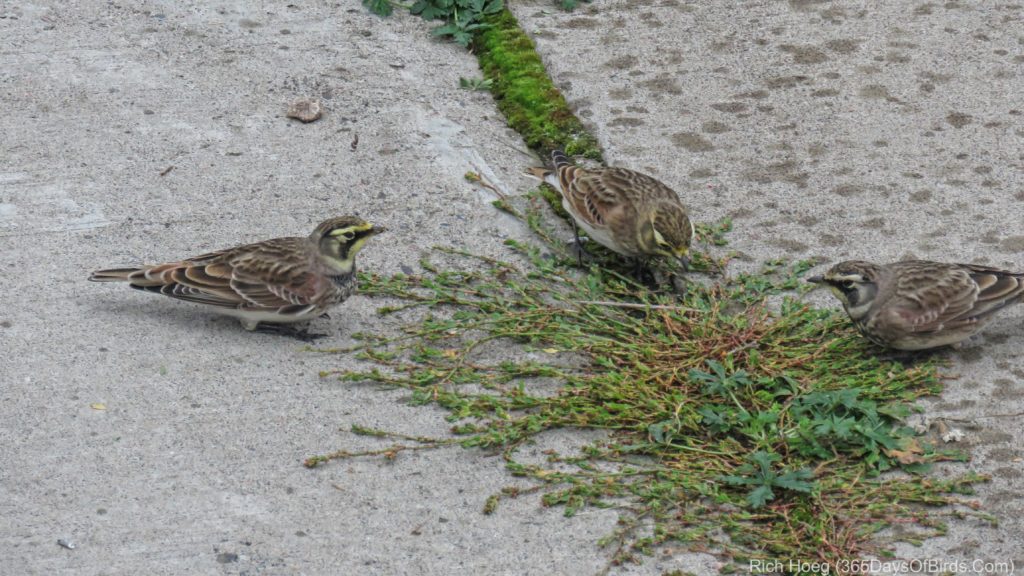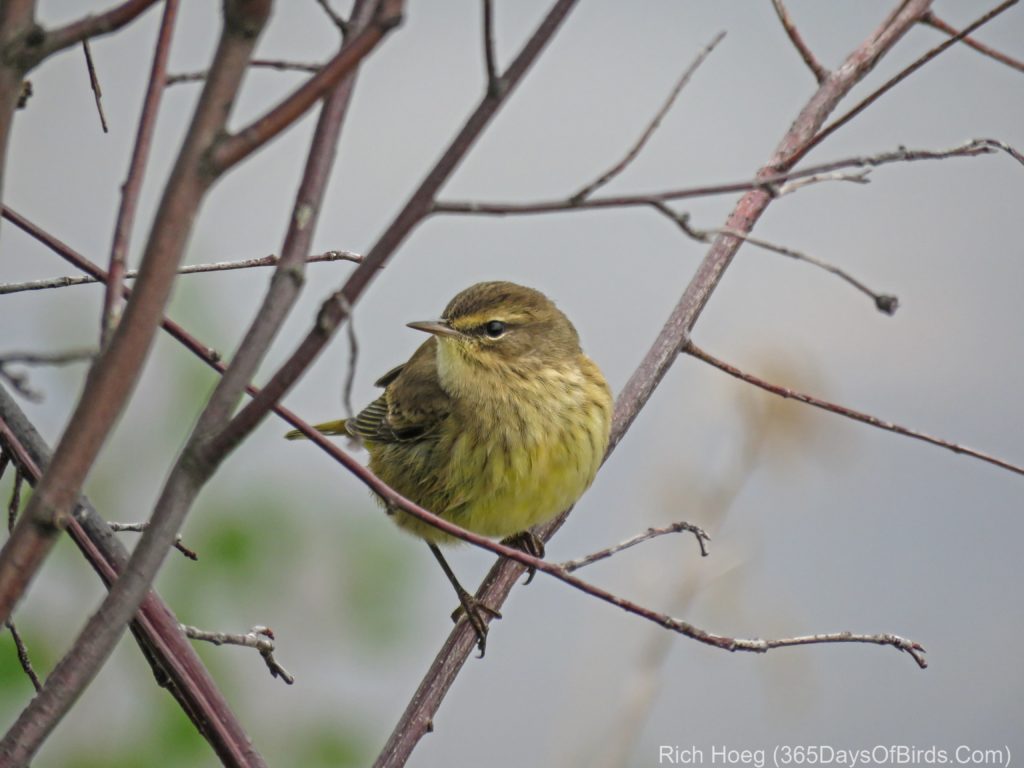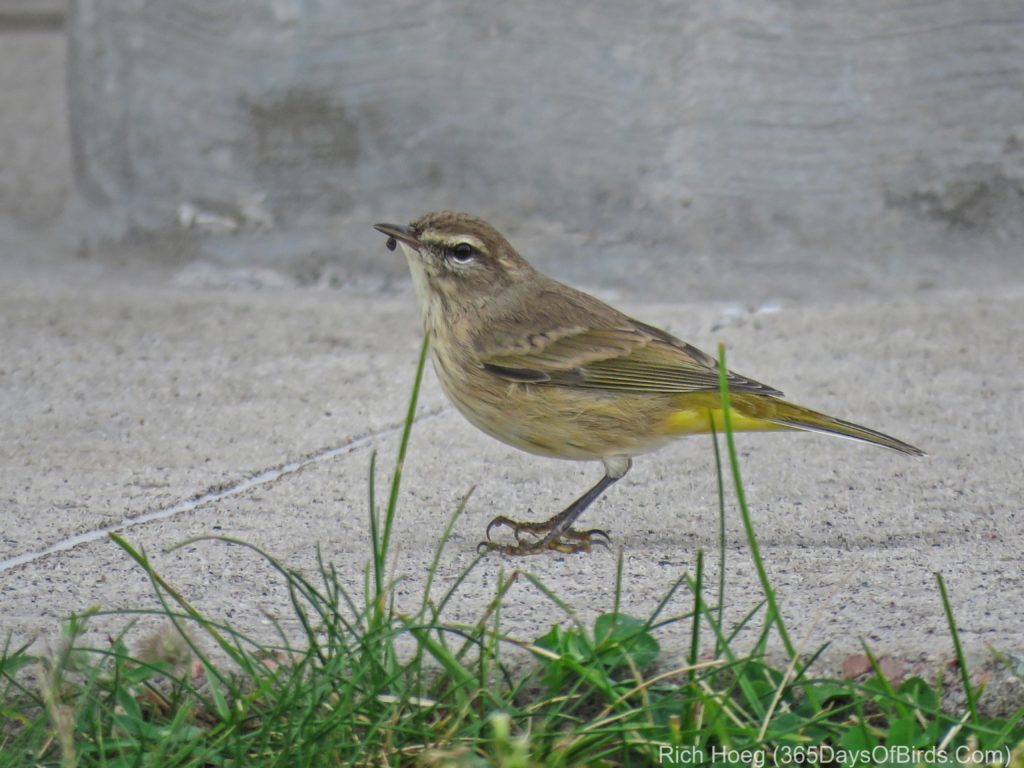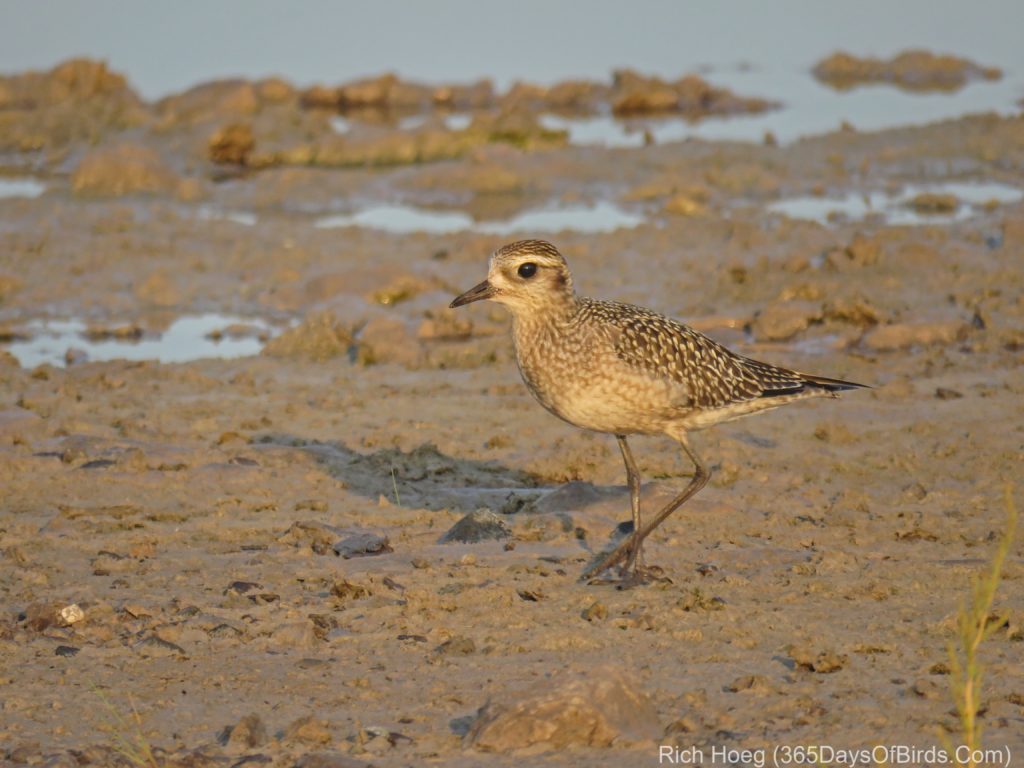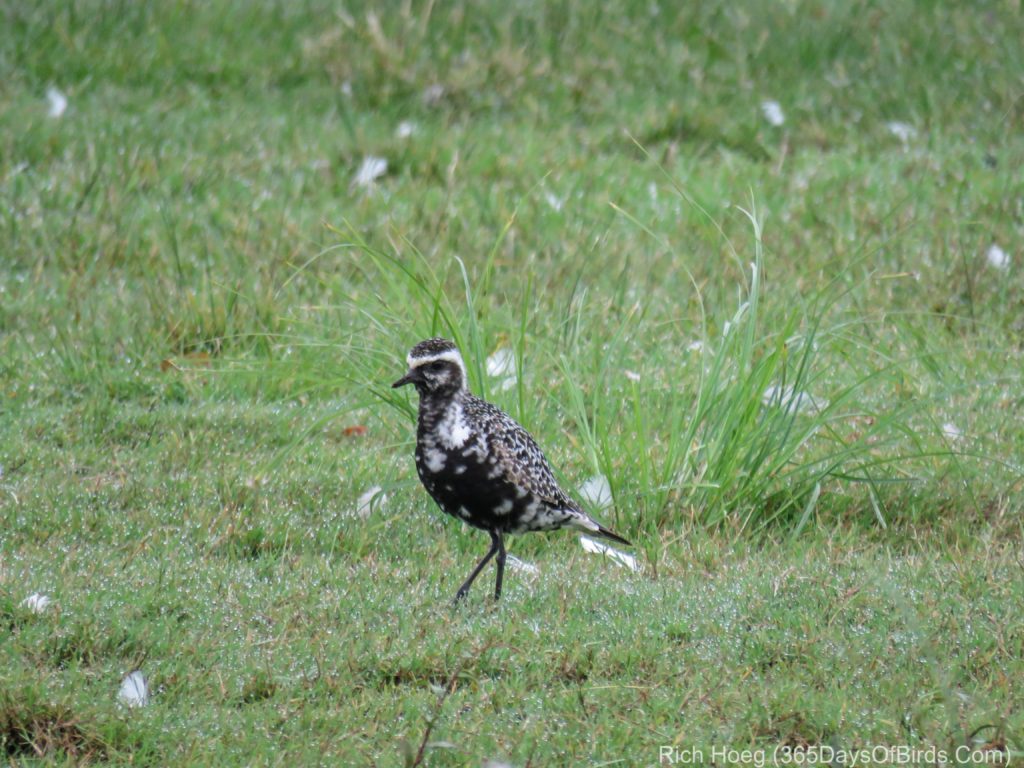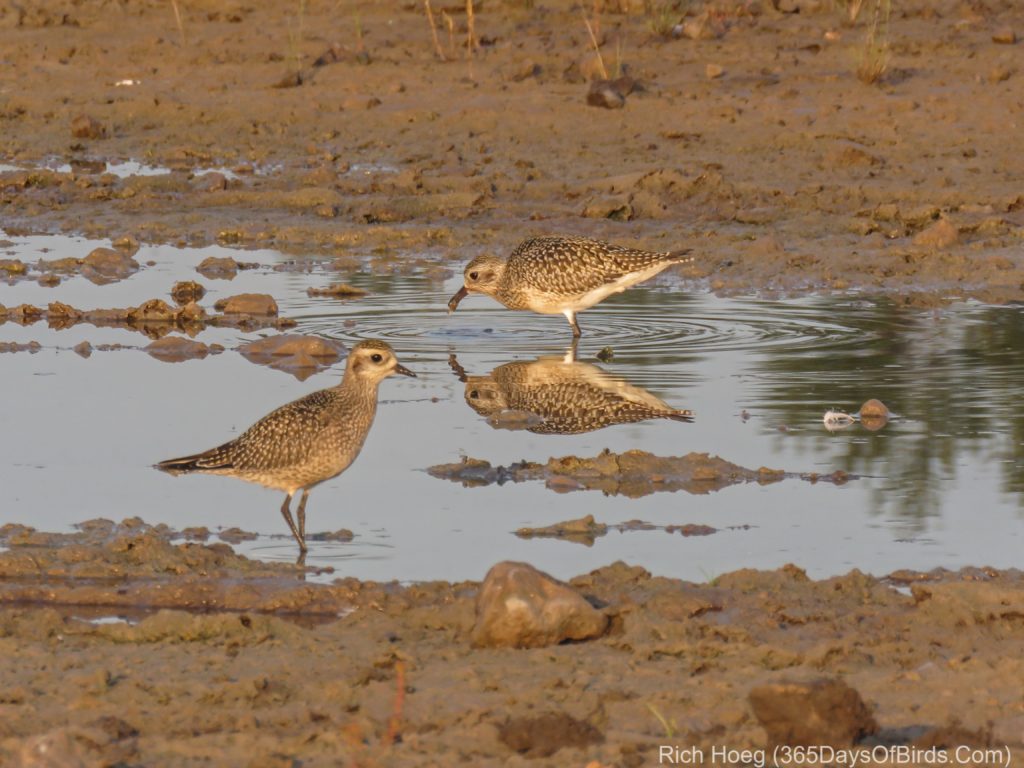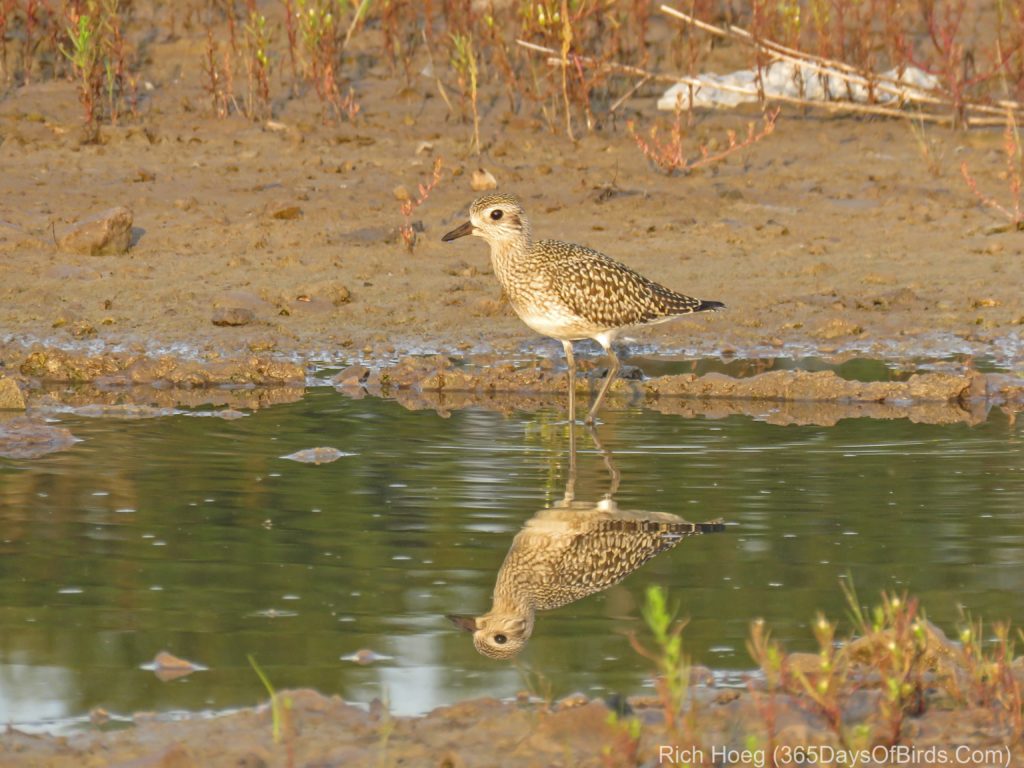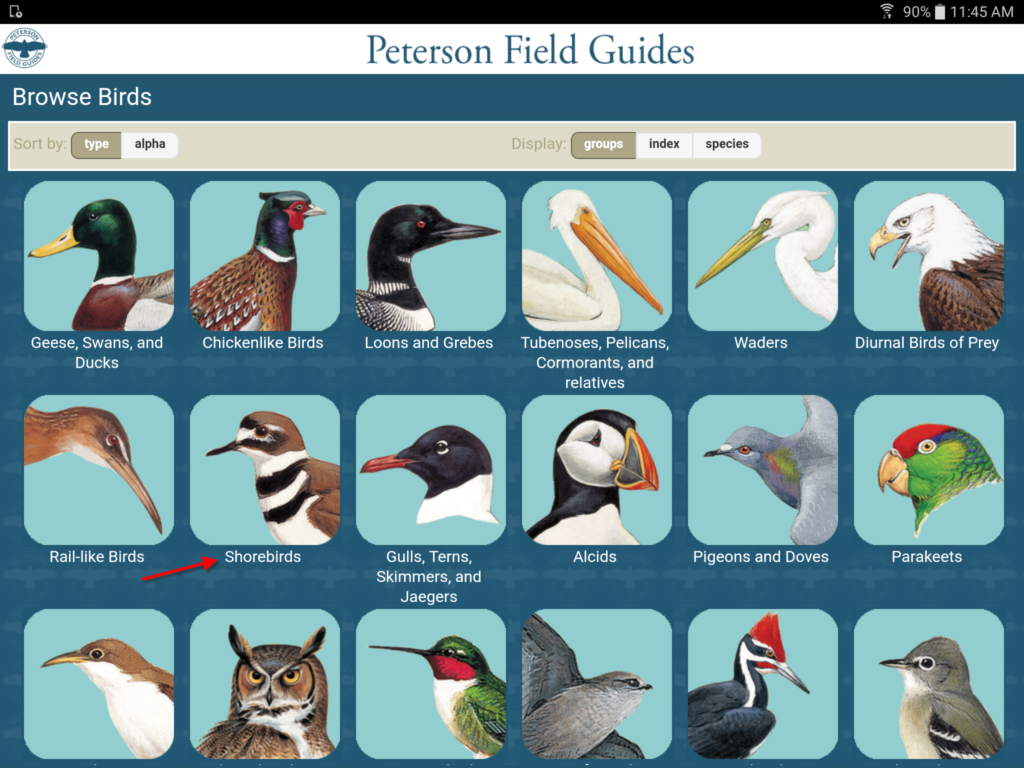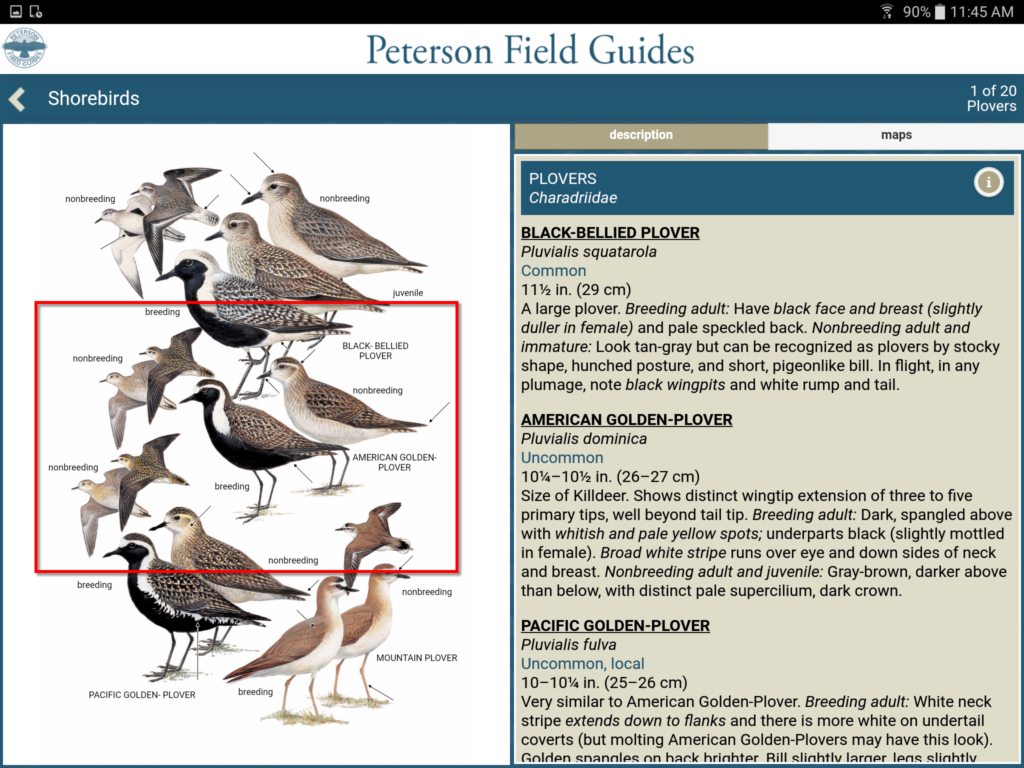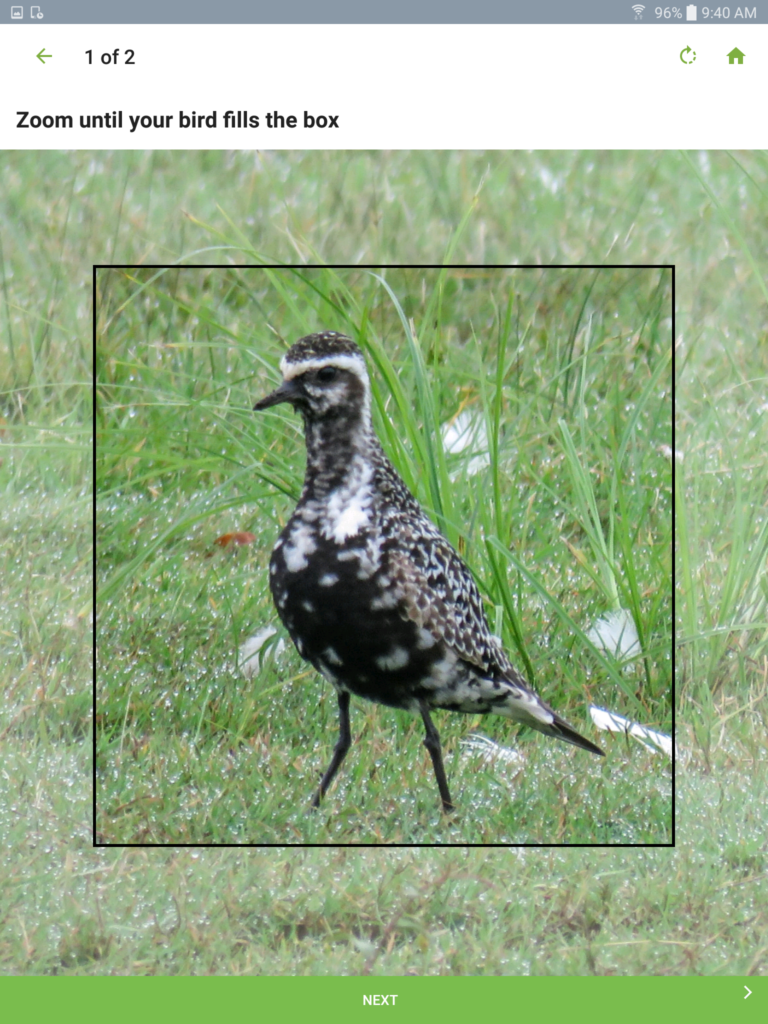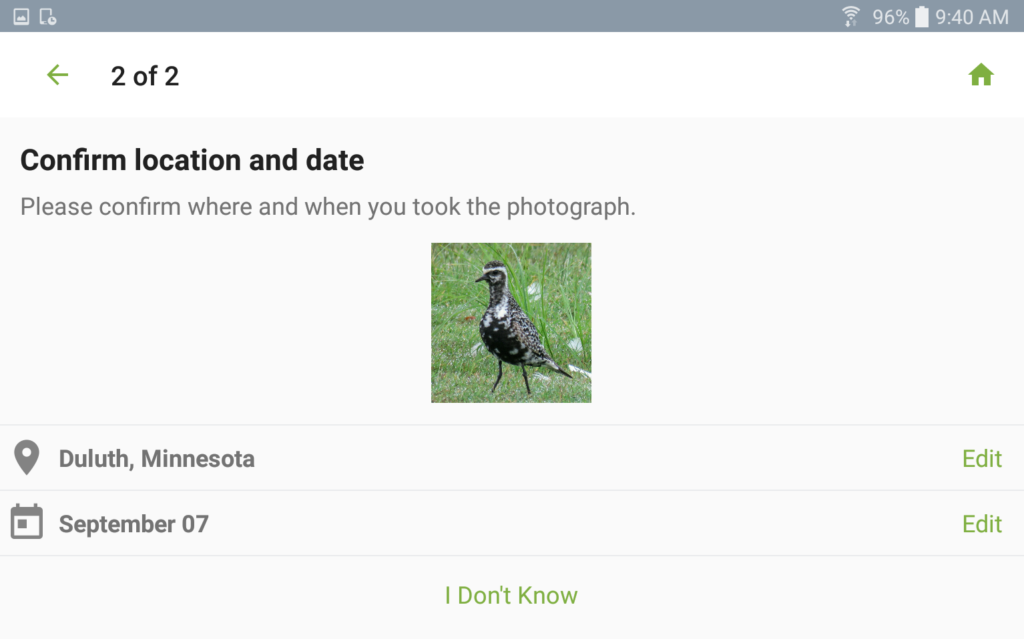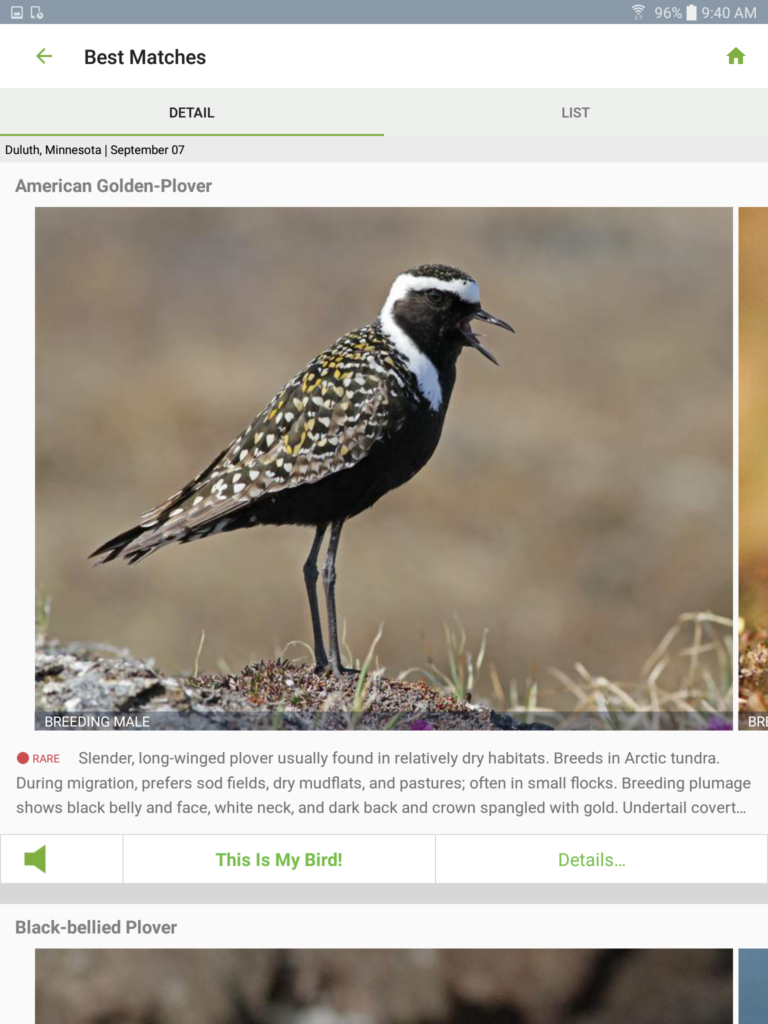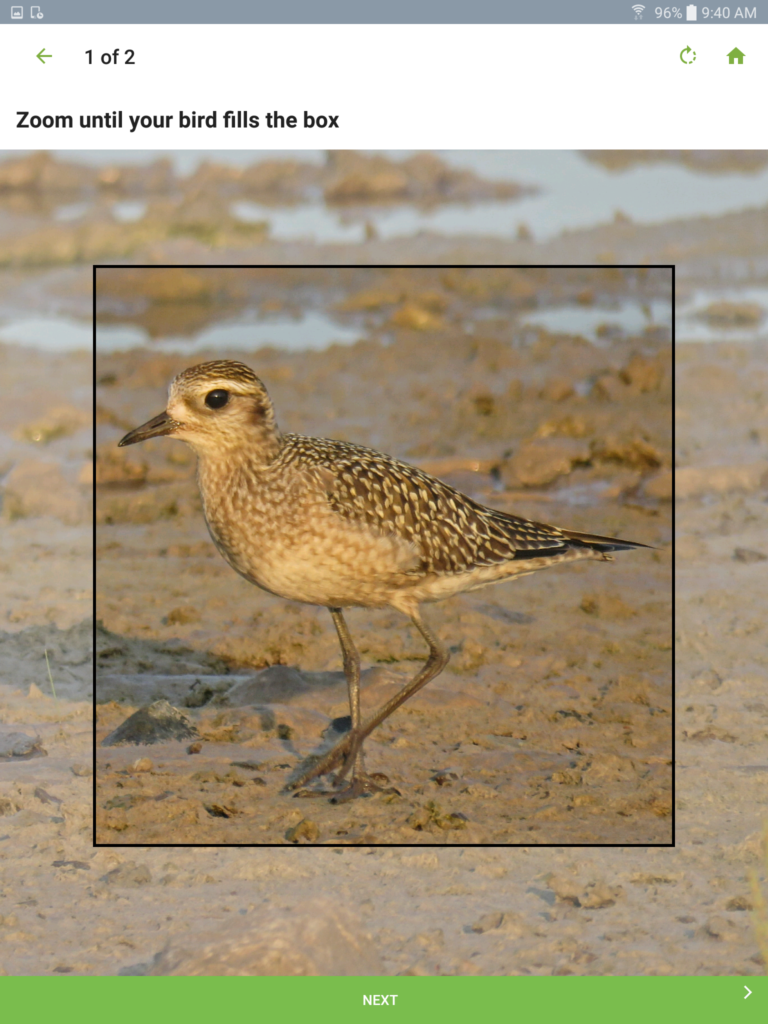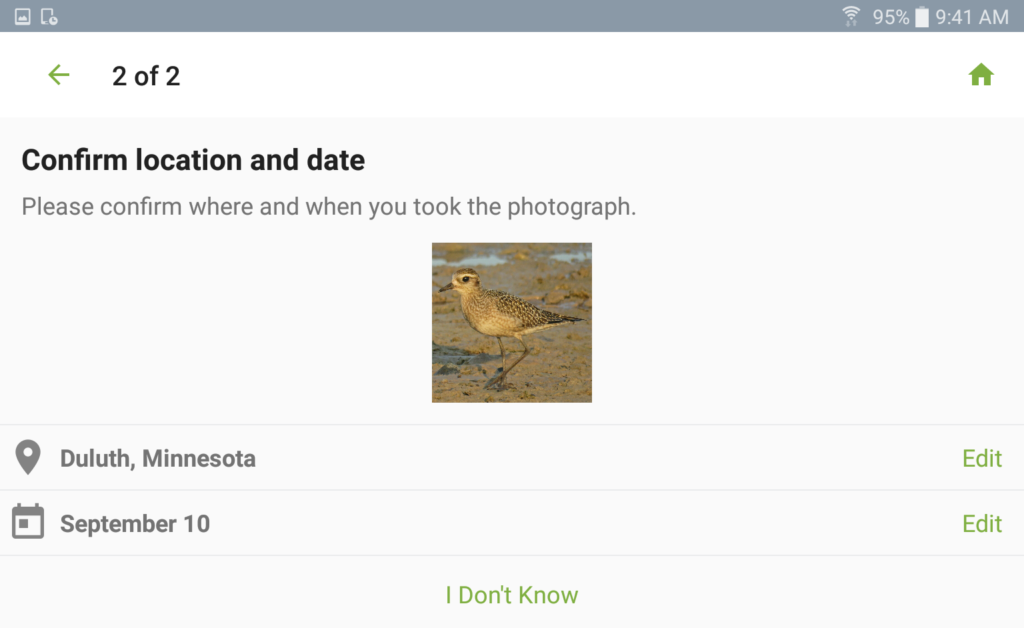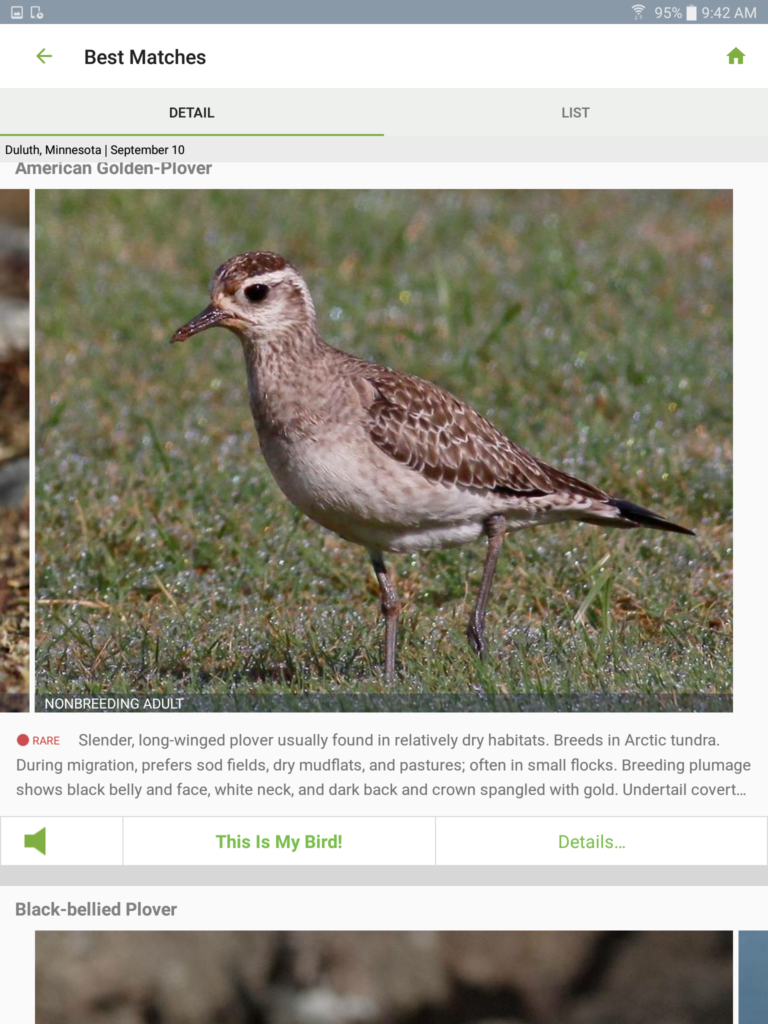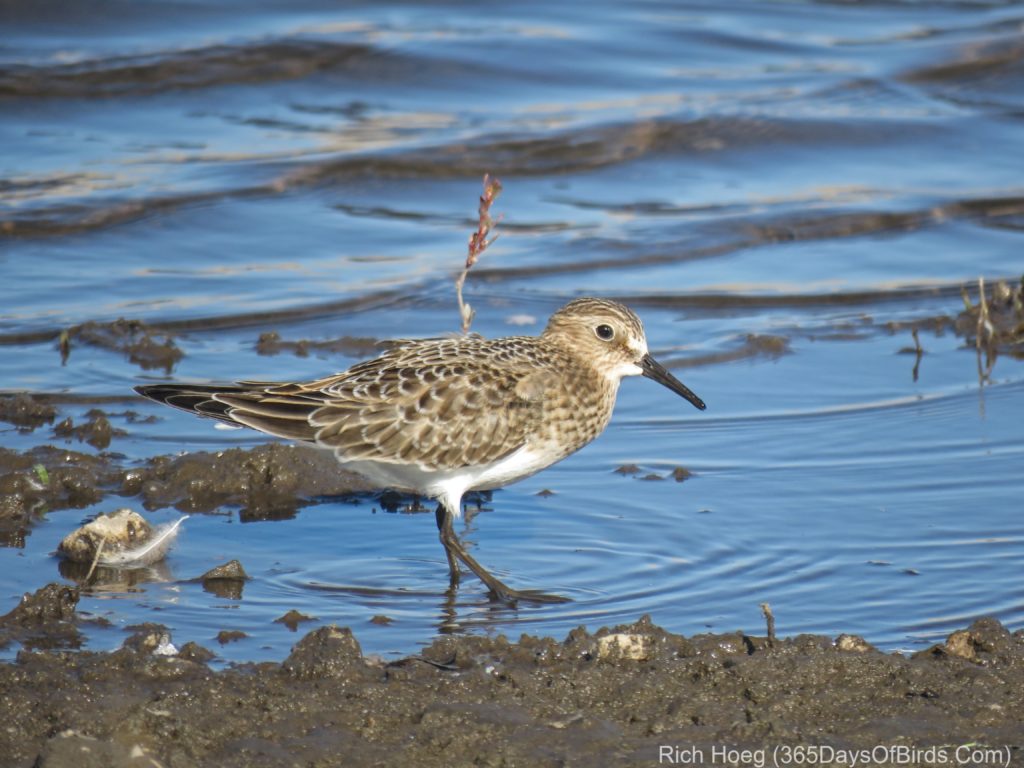What do you call a day when earlier in the afternoon some Lapland Longspurs walk up to within 3 or 4 feet of you, and continue to feed without concerning themselves with your presence even though you are never more than ten feet away … plus a night spent out under the stars watching Lady Aurora dance? The answer is Northern Magic!!!
I consider myself so lucky to live on Lake Superior. A friend suggested we should drive over to the Old Stella Pier and look for Longspurs. Normally I would have considered the experience of watching birds which summer on the tundra up on the Arctic Ocean, but migrate through the Duluth area a great day, but when my Northern Lights alarm started going off around supper time, I knew my day was not over.
I have been wanting to capture a decent Aurora Borealis display at the Davidson Windmill for some time, but never had been successful. It took two trips over to Wisconsin last night to capture the Northern Lights in an image my desired way.
During my first trip over to the windmill at 9 pm I arrived during a nice Northern Lights display, but in the ten minutes it took to determine the proper angles and set up my camera equipment, the Aurora display fizzled out. Bummer! I waited another hour but no dice. Went home.
At 1 am I woke up and checked the numbers. It looked like Lake Aurora might dance yet again last night. I drove back over to the windmill arriving at 1:45 am, and this was the result!
Lapland Longspurs on Old Stella Jones Pier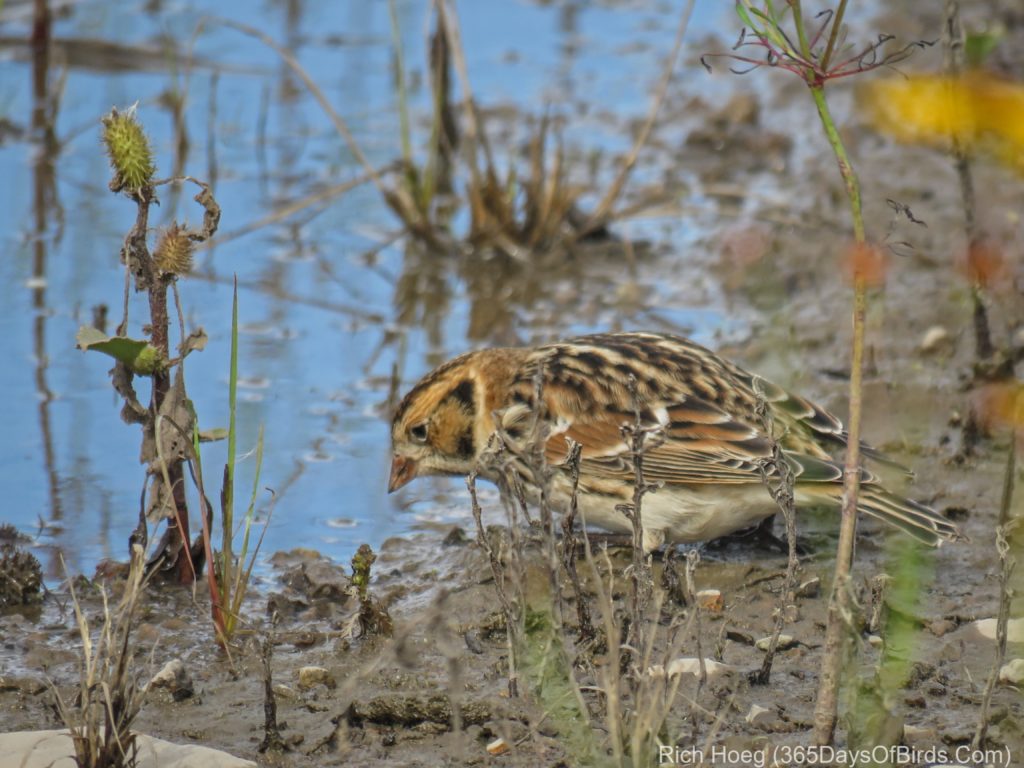
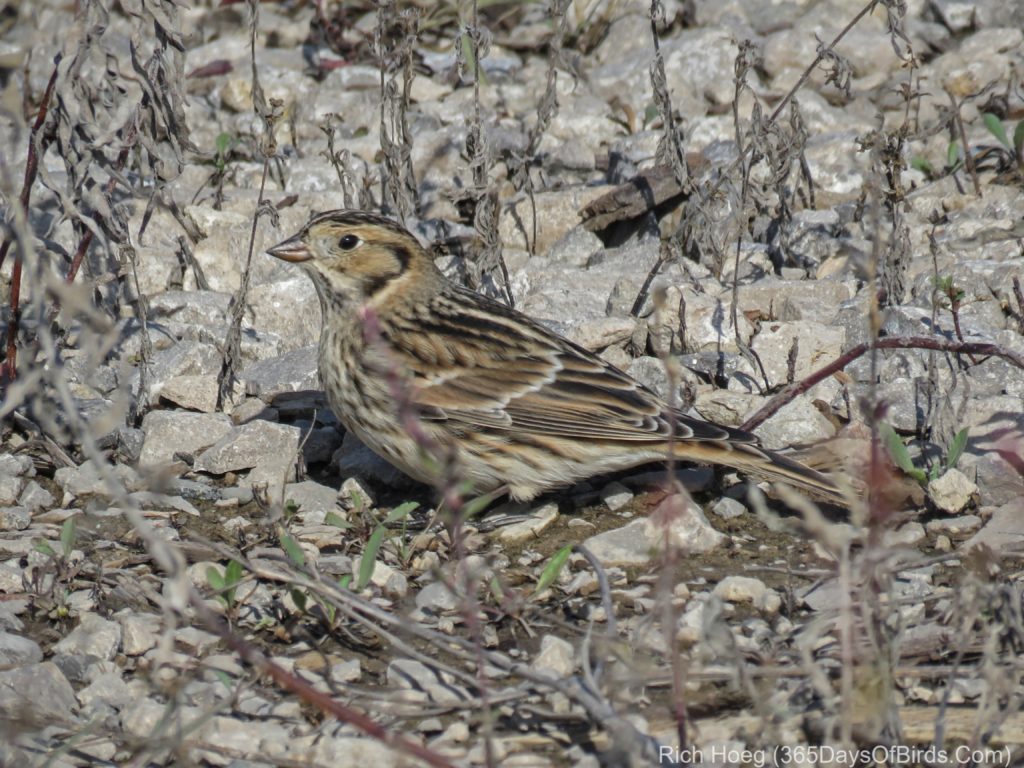
Northern Lights at the Davidson Windmill (Amnicon River in NW Wisconsin). Camera Settings were ISO = 1600; Aperture = 2.0; Exposure = 20 seconds.